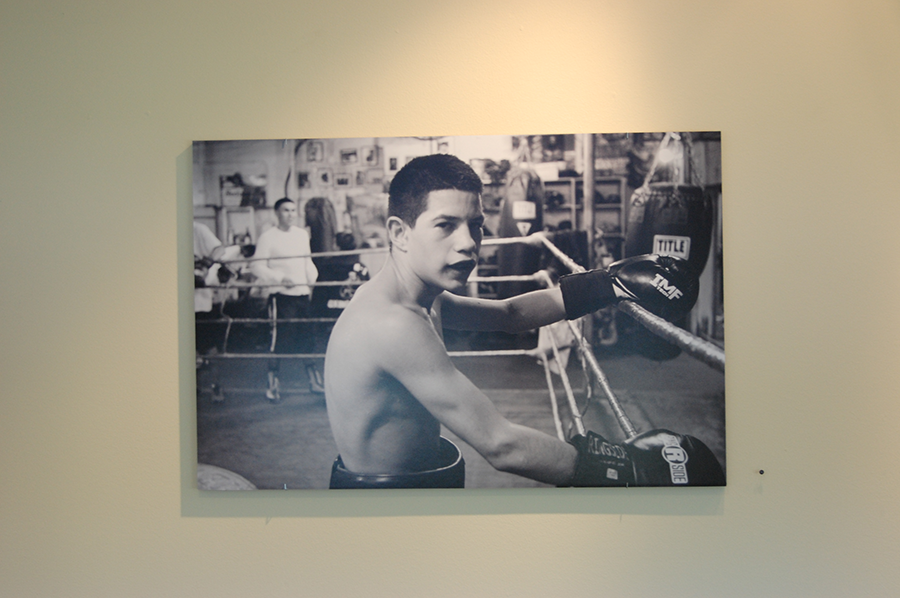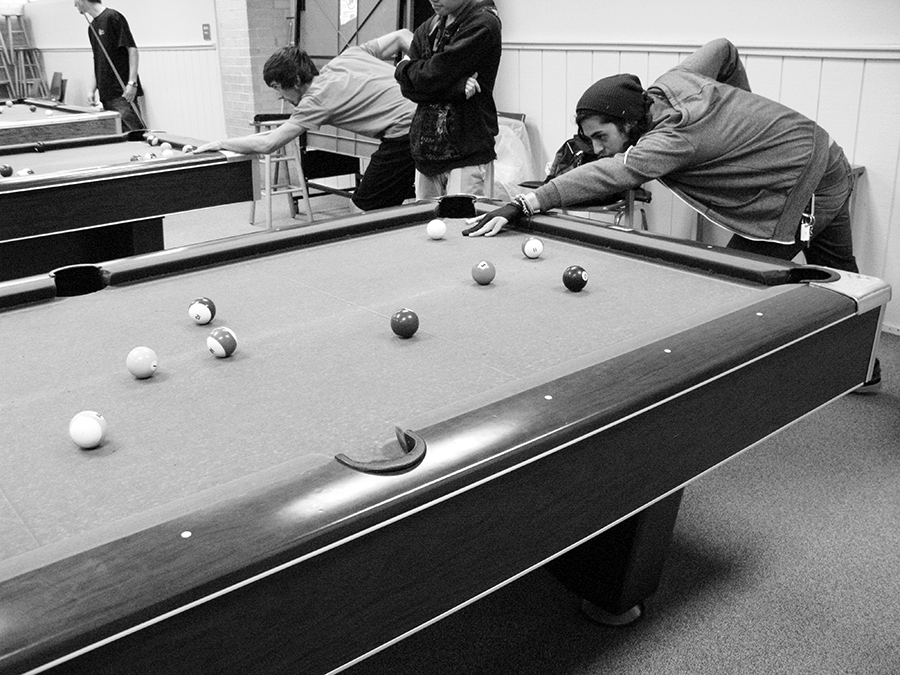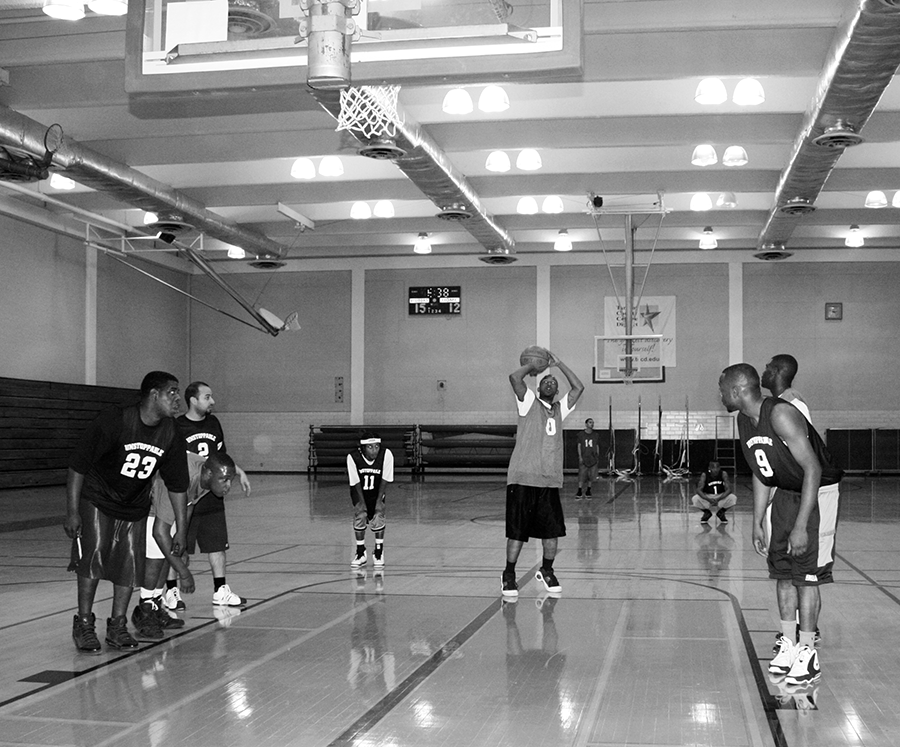By Leah Bosworth/ne news editor

Laurel Cabrera
Photos: Casey Holder/The Collegian
The NE library has a pituitary gland, a mucous membrane and connective tissue, and they’re all made of clay.
The sculptures are part of the colorful and concrete Bio Forms exhibit on display through April 14.
The exhibit is a joint project between the NE Ceramics II classes and the NE biology department.
NE professor of natural sciences Jerri Lindsey said the idea to make 3-D cellular models out of clay came to her after receiving a clay vase as a gift.
“I remember thinking, ‘I wonder if clay could be used to make a tissue model,’” she said.
“We have numerous models of the bones, the heart, the kidneys and the liver, but we don’t have models for microscopic tissues. We’ve wanted models, but they’re not available.”

of synovial membrane, Denise Young
Photos: Casey Holder/The Collegian
After Lindsey’s phone call to NE ceramics associate professor Karmien Bowman, the Ceramics II students had a new assignment: construct an accurate and realistic 3-D model of a microscopic cellular tissue.
“This project was different than any other project I’ve assigned,” Bowman said. “I required them to exactly replicate what they saw to the best of their ability. Normally, I challenge them to express themselves.”
Lindsey supplied the classes with detailed drawings and photographs of the tissue cells she needed the models to represent.
Two bio form sculptures received awards at the exhibit’s reception March 11.
Sin Wu’s “Peripheral Nerve Column” received best in show, and Ashley Barber’s “Mucous Membrane” received the craftsmanship award.
NE Campus president Larry Darlage and NE interim vice president of teaching and learning Gary Smith judged the models based on authenticity and presentation.
Wu’s flesh-colored sculpture depicts the casing of a nerve column elegantly unfolding to reveal its inner anatomy.
“It was structurally detailed and accurate,” Smith said. “The way the detail was presented, it was aesthetically pleasing.”
Barber’s mucous membrane model is a colorful cube of connective tissue, columnar epithelium and secreting cells.
Bowman said her students were caught off guard by the assignment, and some were unenthusiastic and confused. They were accustomed to creating works that focused on expressiveness and technique, but this assignment’s themes were accuracy, clarity and replication.
Wu said he was impatient with the assignment at first.
“It’s the first time I’ve had to copy something,” he said. “I usually do my own work in my own style.”
After the exhibit, some of the sculptures will serve their true intention as biology models permanently displayed in the NE Science Building for students to reference.
“The reason we’re doing this is so students will be able to view tissues three-dimensionally, and then go into the lab and look at the tissue under the microscope,” Lindsey said.
Lindsey said she would love to do this interdisciplinary project again.
“I think the students did a wonderful job,” she said.


























